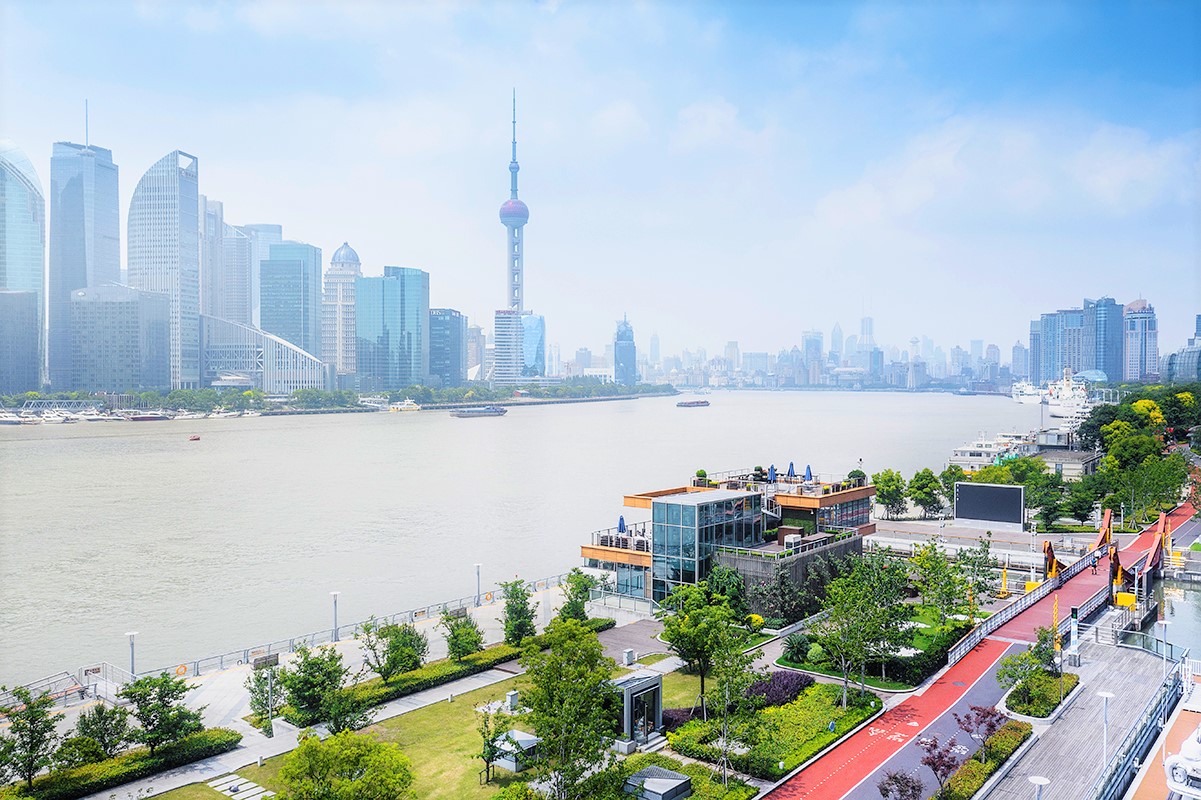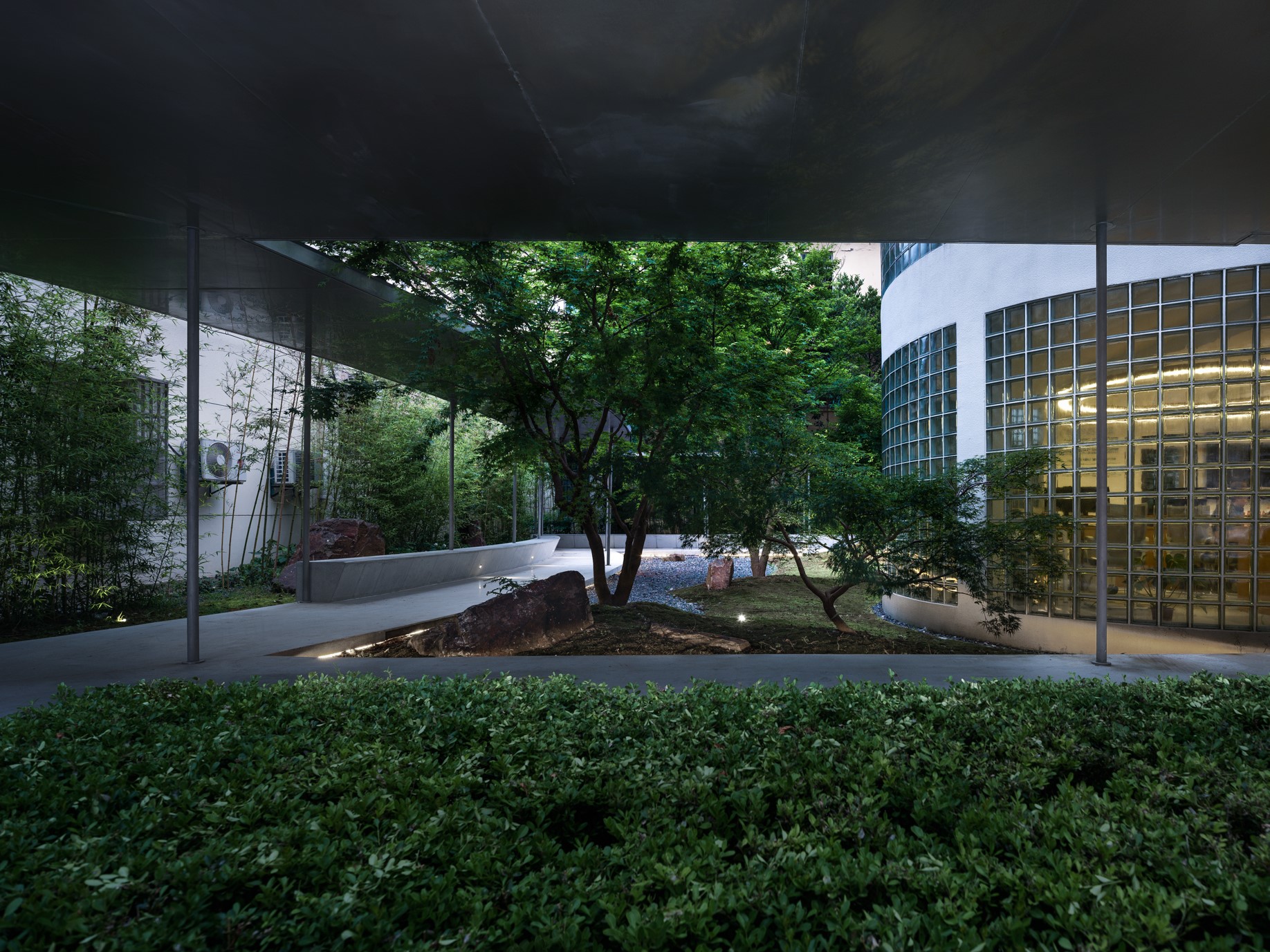Optimizing Singapore’s Land Use
Singapore has a long and successful history of land optimization and intensification since its independence over a half century ago. To adjust for economic and population growth, the city-state continues to perform reclamation to ensure its industrial and commercial sector will flourish. Since Singapore’s first masterplan in 1958, each land use has been articulated and appropriated for specific usage with the exception of one: the island’s interior reserves. When seeing Singapore as a whole, large green swaths of land within the Western and Central regions of the island are dominantly used for passive open spaces, military facilities and storage. They are delineated from the urban fabric by major freeways, accessible only at discrete locations. These reserves have not been optimized to the same degree as the island’s developed land and remain underutilized. But what if Singapore could create a new reserve optimized to the same degree of the rest of island? A Third Reserve could address the future challenges facing the island with population growth and food security.
Aiding Singapore’s Growing Population
Currently Singapore imports 90% of its domestically consumed food; furthermore the population is expected to grow from 5.4 million to 6.9 by 2030. As such there are challenges facing the nation-state in reaching its goal of economic, social, and ecological resilience. The primary purpose of The Third Reserve will be the cultivation of food in addition to water management and habitat creation. It will become reserve that couples necessary infrastructures with densification of neighboring townships, the access to open space and ecological nodes and the management of water systems that will reshape this territory. This territory will exist at a level of intensity comparable with Singapore’s developments. It will become a cultivated icon; giving a visual connection to a food source for a country that is well known for its eclectic and vibrant culinary cuisines.
The Third Reserve lies in the Eastern Region of Singapore and utilizes Paya Lebar air base that is surrounded by six New Town communities and is impeded by a ring of an underdeveloped industrial land. This project proposes breaking up the ring around the seven square kilometer base and redistributing it all along the perimeter to allow for intensified infrastructural development. Over time, this will promote the growth of the existing New Towns toward the edge of the reserve and create a new city fabric along the edge. The adjacency between productive urban fabrics and productive landscape fields serves to foster innovative, diverse development zones that connect and intensify existing adjacent neighborhoods allowing industry, business, multimodal networks and living spaces to synthesize. The Third Reserve will be composed of three interdependent elements: the Productive Core, the Distributive Band and the Productive Edge.
The Productive Core: Producing the Manicured and the Wild
The Productive Core is the fertile heart of the Third Reserve. It serves to integrate the optimization of crop yields with the spectacle of innovative technologies and quotidian domestic patterns of daily life. Robust and diverse, the core can host a range of productive zones of agriculture from leafy greens in subterranean and vertical farms to varied aquaculture production. While cultivating these products, the core is also home to recreational activities that reflect its productive zones: strolling the regimented allées of lush orchards, kayaking the waters of catchment basins and climbing skywalks with rare views into of lush rainforests.
The Distribution Band: Connecting People, Places, and Products
Around this core exists the pivotal connector between urban fabric and production landscape: the Distributive Band. The band contains all of the necessary infrastructure for both systems: industrial rail and road systems in addition to public metro and light rail networks. These logistic mobility systems are intertwined rather than discreet; by stacking, weaving, and stretching these linear paths the band creates opportunities for architecturalized infrastructure which plugs into urban centers rather than acting as separate threads in the landscape. Allowing this creates an active threshold between the thickened condition of the densified urban townships and the vast expanse of the productive core.
The Productive Edge: Thickening the Reserve Perimeter
The final component of the Third Reserve is the Productive Edge, the urban fabric which acts as the sinew between the Core and the existing fabric of Singapore. While existing reserves are marred by undeveloped tracts outside their perimeter and become remote regions, the Productive Edge is a thickened threshold that weaves together existing urban streetscapes with new business and domestic districts. This integration will establish a new way for Singapore to develop along the perimeter of reserve land. As the existing townships redevelop and expand, growth will be drawn towards the infrastructural nodes of the Distributive Band, connecting citizens with easy access to new financial centers, shopping, living areas and entry points into the reserve itself, creating a dense and diversified live-play-work paradigm.
Imagining the New Singapore Model
The Third Reserve embodies a new prototype for open space, infrastructure and development while tapping into Singapore’s potential for production, optimization and spatial precision. So many development ventures in the country look outward with reclaiming its coastal edge, predominantly for shipping and refineries. At the same time population increase pressures the Urban Redevelopment Authority of Singapore to imagine new ways to organize and invigorate the urban core inward. Singapore has always been concerned in meeting the current and future needs of their people: autonomous resources, protected ecological systems, thriving economy, and access to livable environments for all citizens. As such, creating a resilient nation is at the forefront of their ambitions. The Third Reserve looks to how those goals can manifest into the built environment and is an opportunity to reimagine the island’s reserves as highly productive environmental and ecological assets that serve to enhance the quality of life for all Singaporeans, both current and future.
SOURCE
Agri-Food & Veterinary Authority of Singapore. “Think Fresh: Annual Report 2013/14.” www.ava.gov.sg, 2014.
Urban Redevelopment Authority. “Land Use Plan to Support Singapore’s Future Population.” ura.gov.sg, 2013.
The Third Reserve
Location | Singapore
Design Team: Joseph Rosenberg, Daniel Lau, Lindsay Rule
Text and images | Joseph Rosenberg (MLA ’15), Daniel Lau (MArch ’16), Lindsay Rule(MLA/MArch ’15) University of Pennsylvania
Advisors | Christopher Marcinkowski, faculty of Landscape Architecture, Joshua Freese, faculty of Architecture, Marilyn Jordan Taylor, Dean of University of Pennsylvania







评论